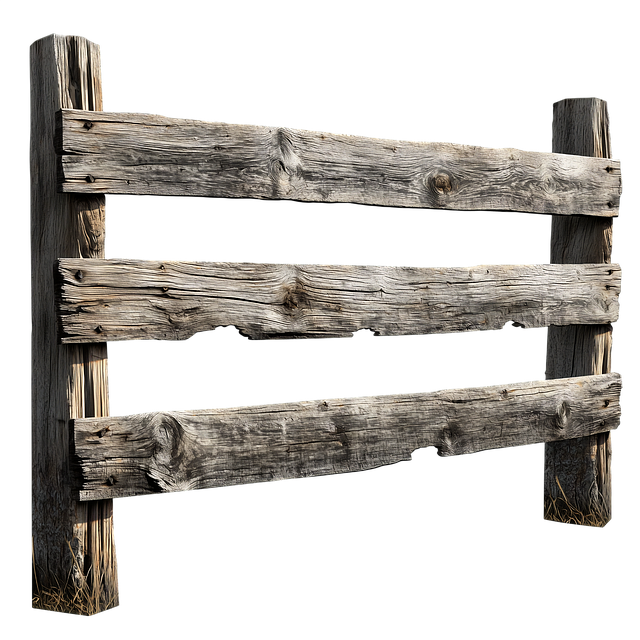In New Bedford, MA, homeowners and property managers are increasingly looking for eco-friendly fencing solutions that not only enhance aesthetics but also contribute to a healthier environment. This article explores green fencing options available in the region, highlighting their benefits for both properties and local ecosystems. We provide a comprehensive guide on sustainable materials, offer tips for choosing environmentally safe fences, and discuss the positive impact these alternatives can have on New Bedford’s natural landscapes.
- Exploring Green Fencing Options in New Bedford
- Benefits of Eco-Friendly Fencing for Your Property
- Sustainable Materials: A New Bedford Guide
- How to Choose Environmentally Safe Fences
- The Positive Impact on Local Ecosystems
Exploring Green Fencing Options in New Bedford
In New Bedford, MA, exploring green fencing options is more than just a trend; it’s a step towards sustainable living and environmental stewardship. The city, with its rich ecological diversity, embraces eco-friendly materials that not only enhance outdoor spaces but also contribute to a healthier planet. Among the choices available are natural woods certified by the Forest Stewardship Council (FSC), ensuring responsible harvesting and conservation of local forests. Bamboo, a fast-growing grass, offers an attractive and durable alternative, providing both aesthetic appeal and ecological benefits.
Additionally, recycled materials like plastic and metal, often repurposed from post-consumer waste, are gaining popularity. These options reduce the environmental footprint by minimizing the need for new resource extraction and manufacturing processes. Local suppliers and manufacturers in New Bedford play a pivotal role in promoting these green fencing solutions, making it easier for residents to adopt eco-conscious practices while enhancing their homes’ curb appeal and contributing to the city’s overall sustainability efforts.
Benefits of Eco-Friendly Fencing for Your Property
Eco-friendly fencing offers numerous advantages for New Bedford, MA property owners who prioritize sustainability and aesthetics. These materials, often made from recycled or renewable resources, contribute to a healthier environment by reducing waste, decreasing carbon footprints, and promoting biodiversity. Unlike traditional fences that can leach chemicals and pollute local water sources, eco-friendly options are non-toxic, ensuring a safer and more harmonious outdoor space for both residents and wildlife.
Moreover, these innovative fencing solutions enhance the curb appeal and value of your property. With various styles, colors, and textures available, they provide an attractive alternative to conventional fences, blending seamlessly with natural landscapes. Eco-friendly fencing also requires less maintenance, saving you time and money in the long run. This longevity, coupled with their distinctive charm, makes these materials a smart choice for those seeking both beauty and sustainability in their outdoor spaces.
Sustainable Materials: A New Bedford Guide
New Bedford, MA, is embracing sustainability with open arms, and when it comes to fencing materials, eco-friendly options are in high demand. The city’s residents and businesses are increasingly looking for ways to enhance their outdoor spaces while minimizing their environmental impact. This shift towards sustainable living extends beyond just reducing waste; it involves selecting products that are not only durable but also contribute to a greener planet.
This guide aims to illuminate the vast array of eco-friendly fencing materials available, empowering New Bedford folks to make informed choices. From recycled plastic and wood composites to natural fibers like bamboo, these alternatives offer both aesthetic appeal and environmental benefits. Each material has unique properties, ensuring there’s an option suited for every need—be it privacy, security, or simply enhancing the beauty of one’s property.
How to Choose Environmentally Safe Fences
When considering eco-friendly fencing options, it’s essential to look beyond traditional materials and explore alternatives that are sustainable and beneficial for both your property and the local environment. Here are some key factors to keep in mind while choosing:
First, assess the specific needs of your space. Different fence types serve various purposes; some offer privacy, while others provide security or act as natural barriers for wildlife. Consider the surrounding ecosystem; if you’re near water bodies or diverse plant life, opt for materials that won’t harm local flora and fauna. Look for options made from renewable resources like bamboo, recycled plastic, or wood from certified sustainable sources. These materials are not only eco-conscious but also durable. Additionally, ensure easy disposal or recyclability at the end of their useful life.
The Positive Impact on Local Ecosystems
New Bedford, MA, residents now have access to a range of eco-friendly fencing materials that offer both aesthetic appeal and environmental benefits. These options are transforming local landscapes while promoting ecological health. By choosing sustainable materials like recycled plastic, bamboo, or organic wood, homeowners contribute to reducing the region’s carbon footprint. Traditional fencing often relies on non-biodegradable synthetic plastics or treats wood with harmful chemicals, but eco-friendly alternatives mitigate these issues.
The positive impact extends to local ecosystems; for instance, recycled plastic fences require less energy to produce than conventional ones, thereby decreasing greenhouse gas emissions. Bamboo fencing, known for its rapid growth and strength, provides habitat and food sources for wildlife, enhancing biodiversity. Organic wood, treated naturally, reduces the use of toxic chemicals that can pollute water sources and harm beneficial insects. These sustainable choices not only preserve New Bedford’s natural beauty but also foster a healthier environment for both residents and local flora and fauna.
